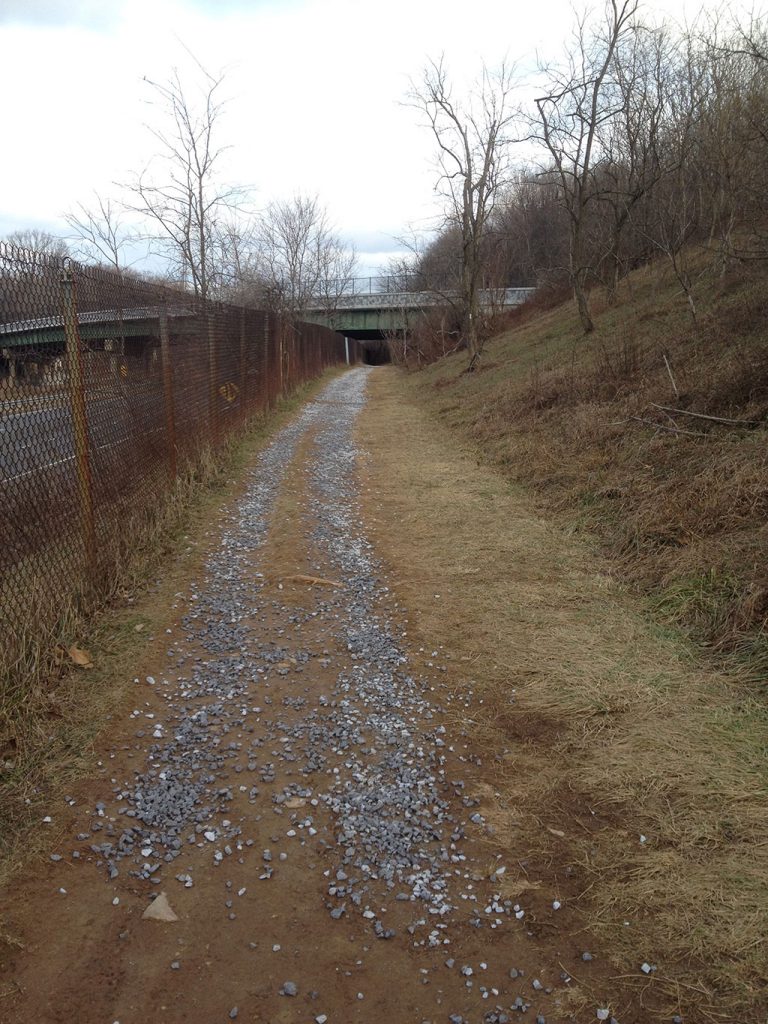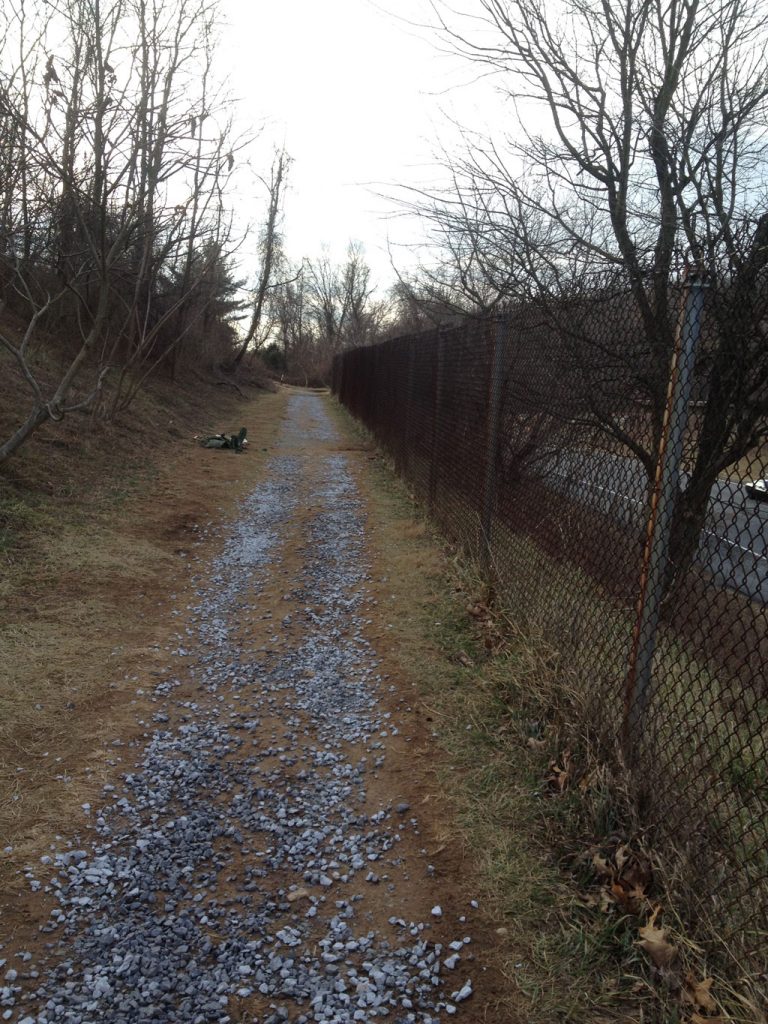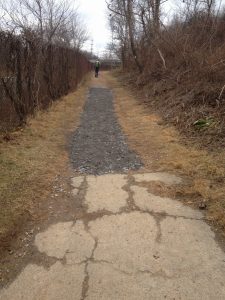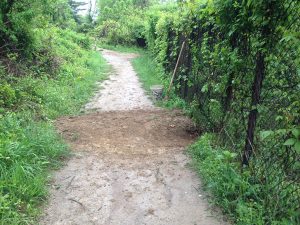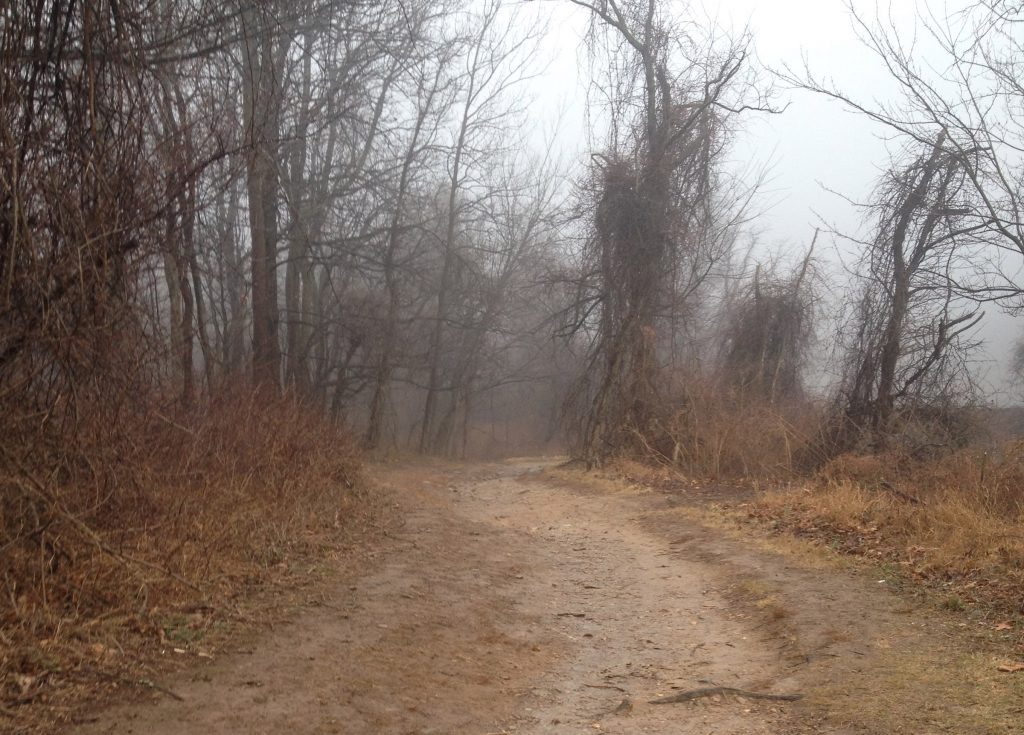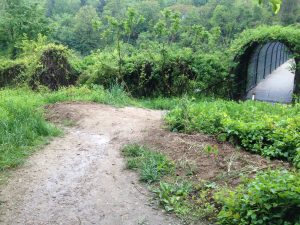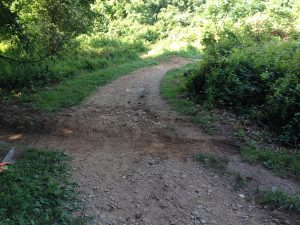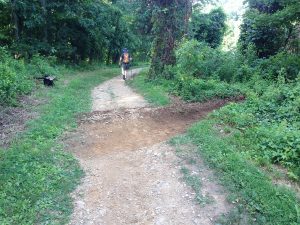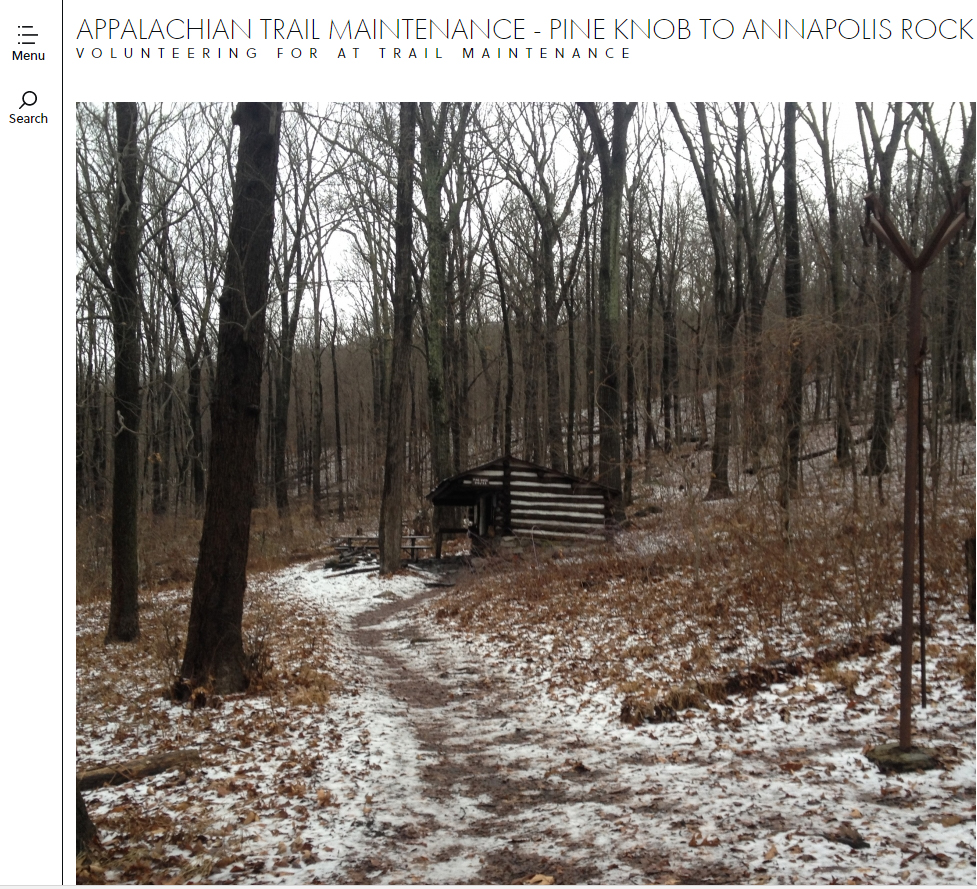
Over the last year that I’ve been working here on the AT between Pine Knob and Annapolis Rock, there have been lots of folks have been inquiring about how to help out. In the past I’ve handed out cards with contact information for the South Mountaineers Trail Crew (which can be found on the PATC Website – see link below). Yesterday though, I decided to set up a volunteer organization website to build up a group of interested folks and have a way to communicate work events and schedules. So wander over there if you want to help out and Volunteer on the Appalachian Trail at Annapolis Rock.
The site is named atpineknob.com, and I choose that because Annapolis Rock is a little ambiguous. The official name is ‘Annapolis Rock’ without an S as seen on the cropped map image below. Yet the name is written all of the time as Annapolis Rocks, so I choose Pine Knob instead since the name is pretty straight forward. Pine Knob is the name of the hill you climb as you walk from the trail head toward Annapolis Rock and is where a lot of effort is required because of the slope there.

So please visit our Maryland AT Volunteering Website and join us. It’s a work in progress and much more content will be there soon.
Other volunteer opportunities exist including the South Mountaineers – now in it’s 25th year. Visit the PATC Website and choose newsletters for the schedule for the South Mountainers Trail Crew.
